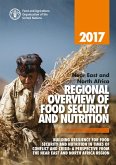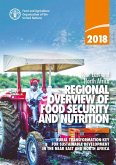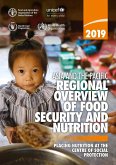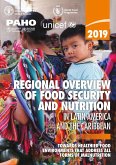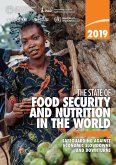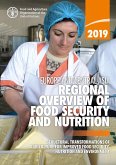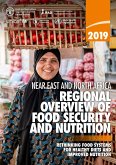The latest data shows that the deterioration has slowed, but there remain 256 million hungry people in Africa today. The report further documents that although many African countries are making progress towards reducing malnutrition, progress is too slow to meet six key nutrition targets, which form part of the Sustainable Development Goals (SDGs) monitoring framework and the World Health Assembly global nutrition targets. Food insecurity has been rising in Africa in recent years and the continent is not on track to eliminate hunger by 2030. The 2017, 2018 and this year's report identify and report in detail on conflict, climate extremes and economic slowdowns and downturns as the key drivers of the rise in food insecurity. In most cases, the economic slowdowns and downturns that contributed to rising undernourishment in 20142018 were the result of commodity price falls. Many effective policy tools are available, but their adoption will depend on the availability of fiscal space to effect the desired policy action. In the longer-term, countries must develop policies and invest to achieve a more diversified economy and achieve an inclusive structural transformation. However, sustained economic growth is not enough: reducing inequalities, including gender-based and spatial inequalities, is essential to strengthening household resilience, laying the path to inclusive growth and reducing food insecurity and tackling the multiple forms of malnutrition.
Dieser Download kann aus rechtlichen Gründen nur mit Rechnungsadresse in A, B, CY, CZ, D, DK, EW, E, FIN, F, GR, H, IRL, I, LT, L, LR, M, NL, PL, P, R, S, SLO, SK ausgeliefert werden.



